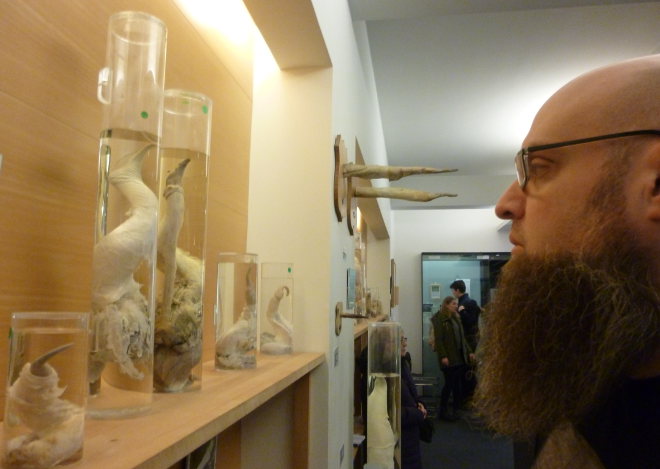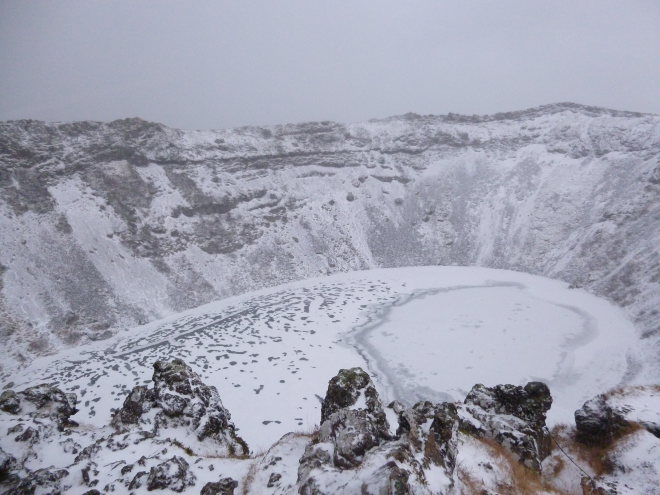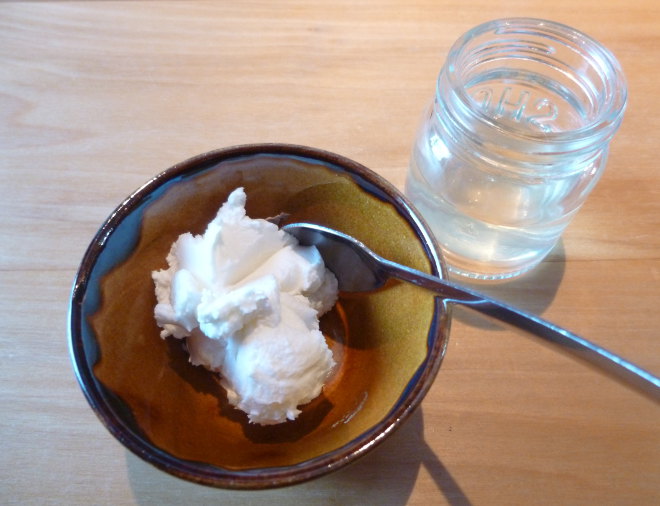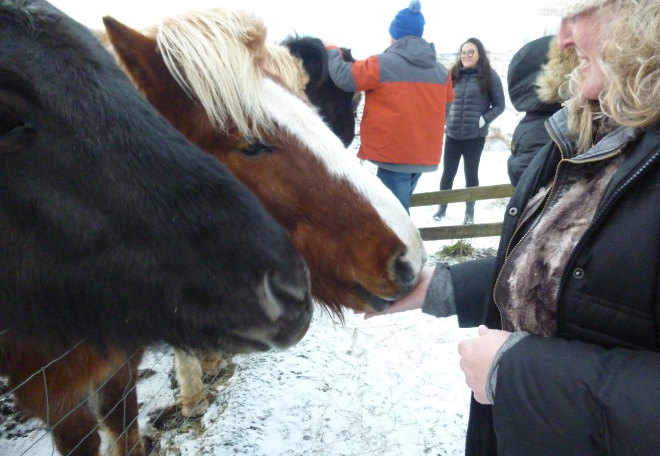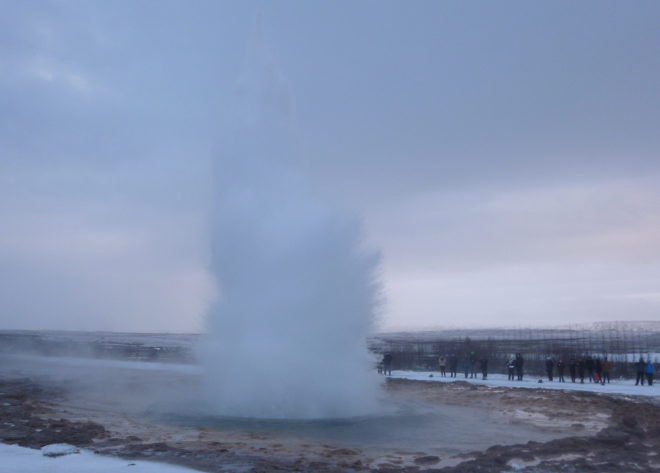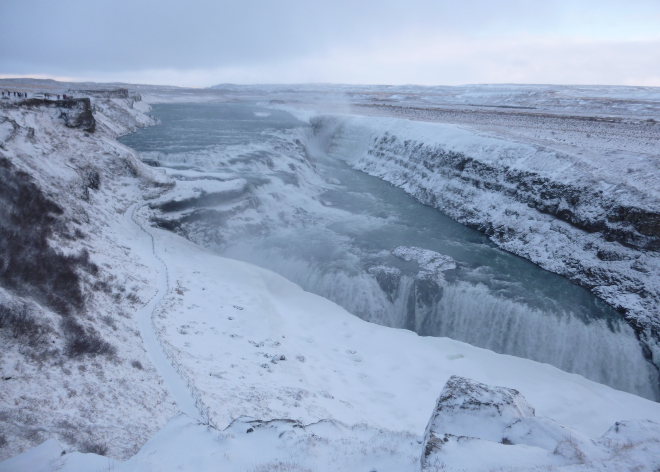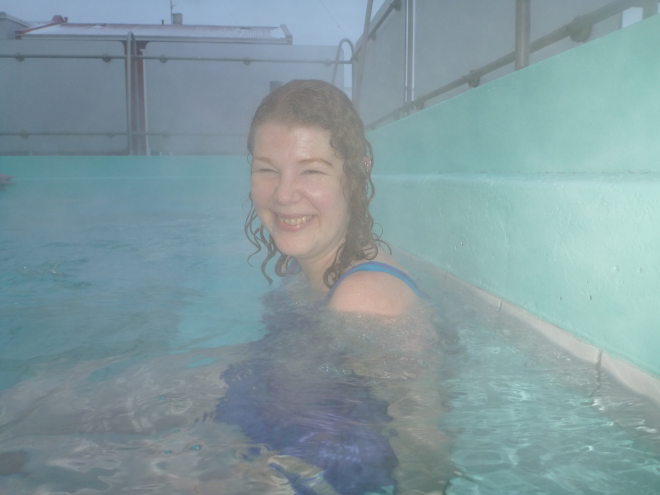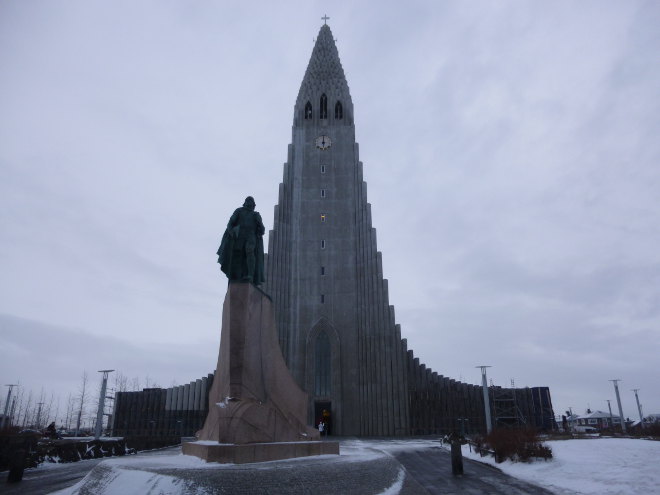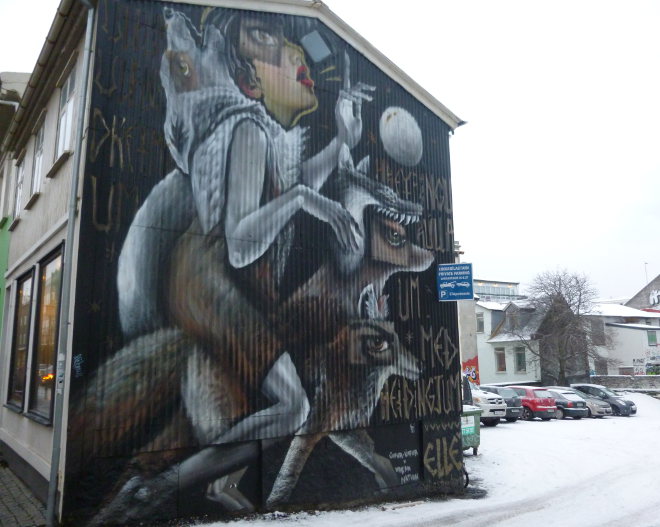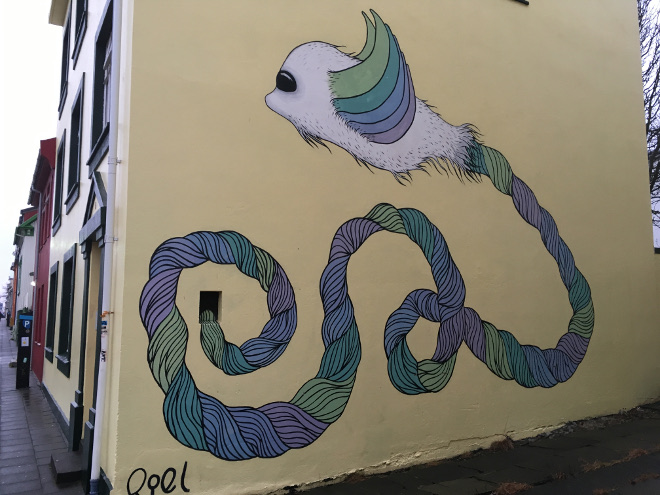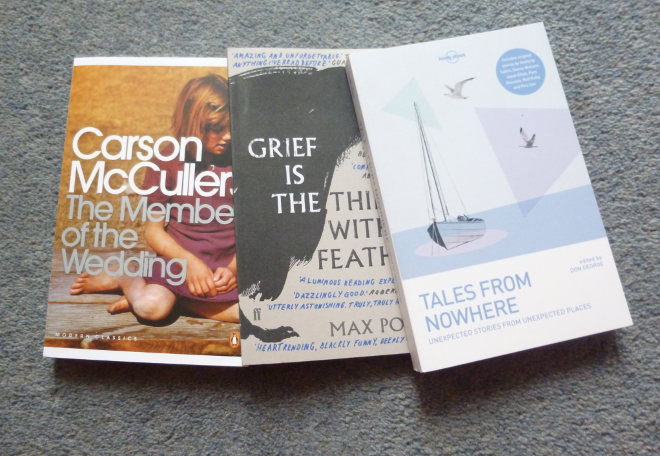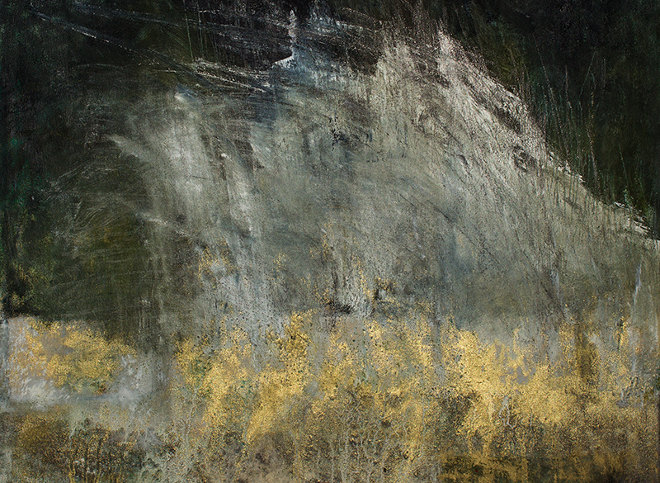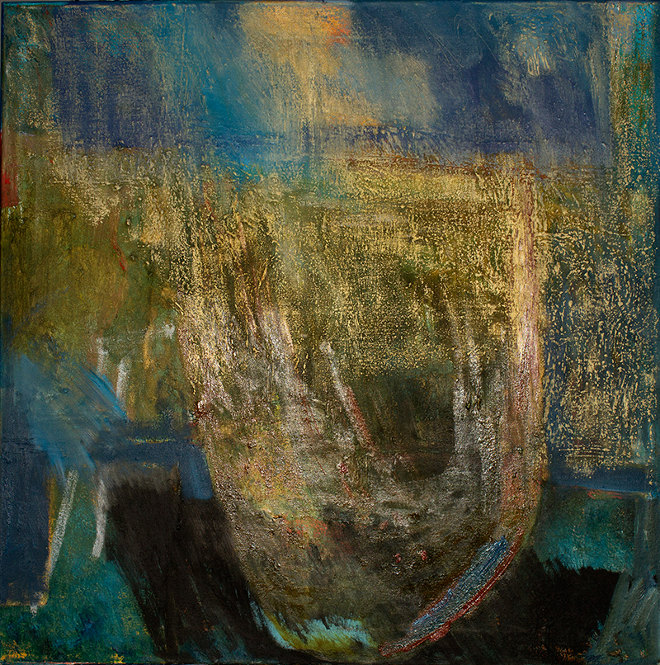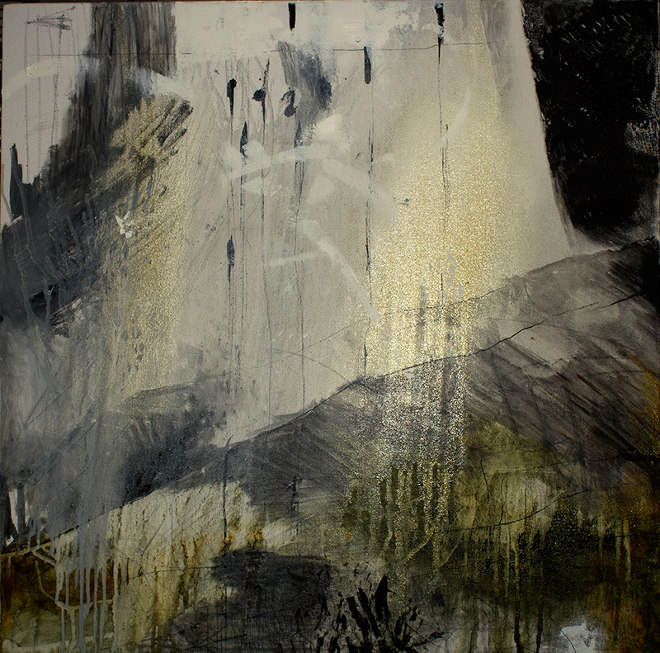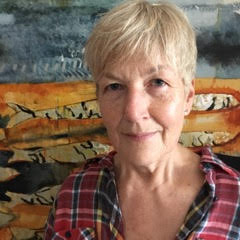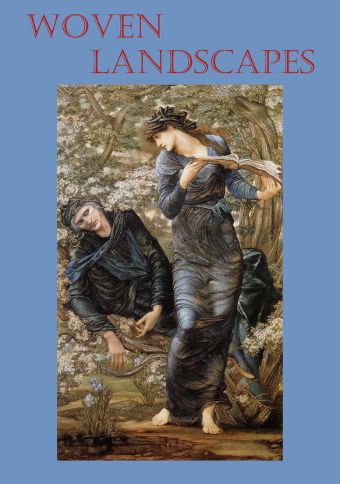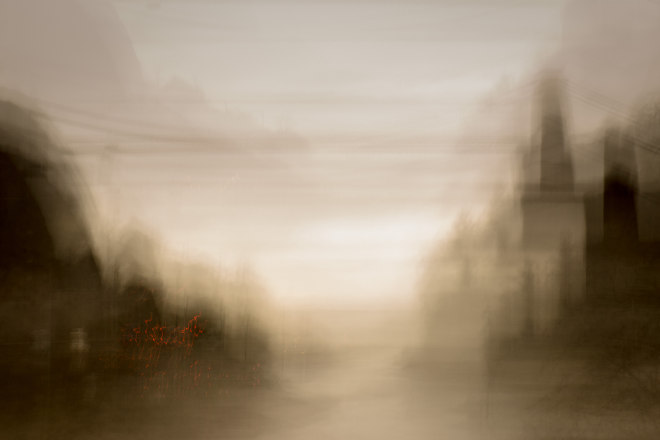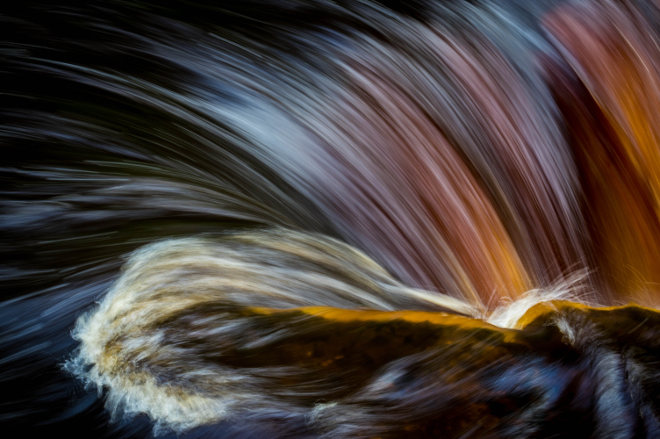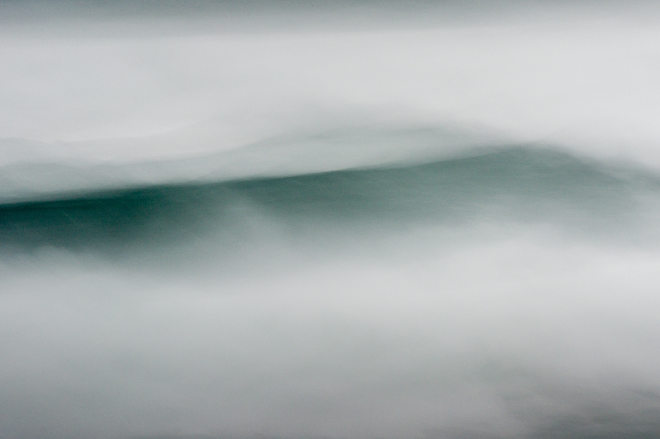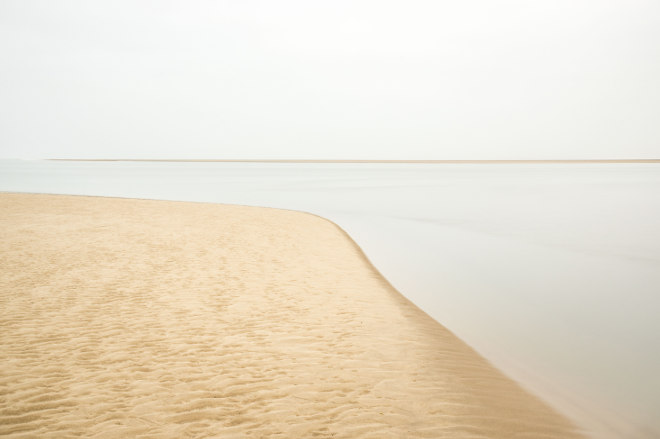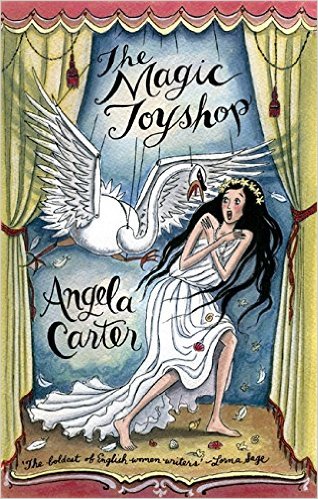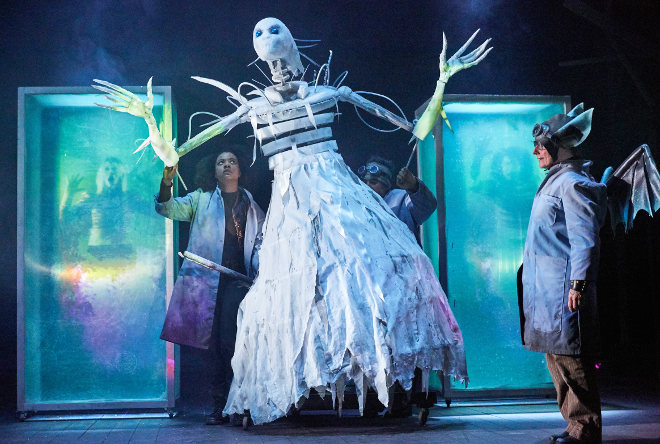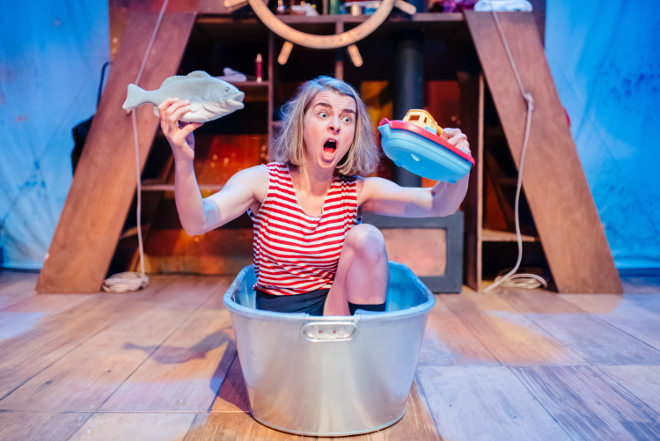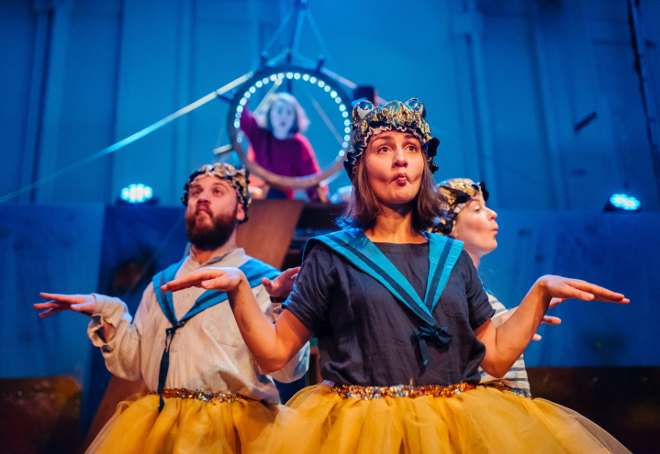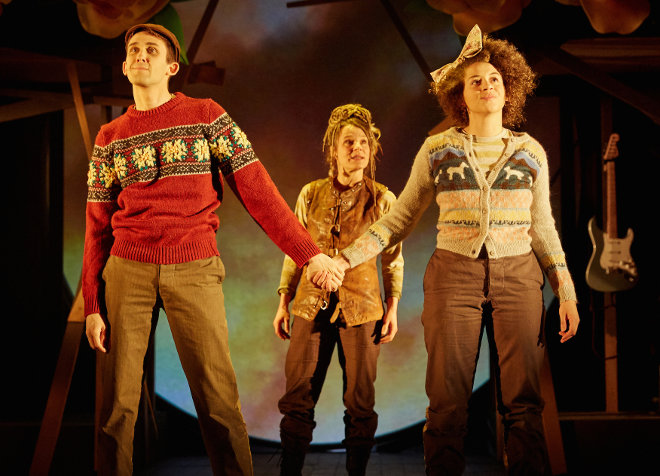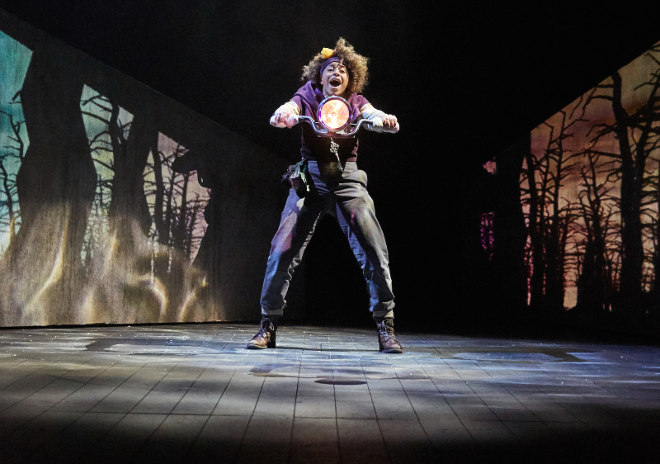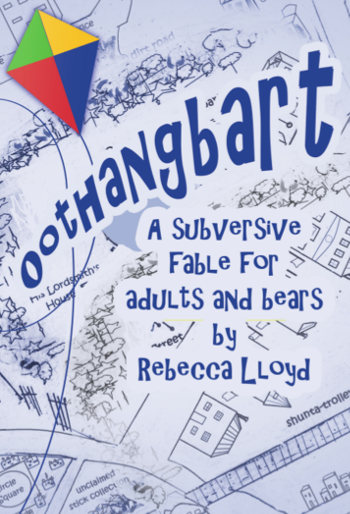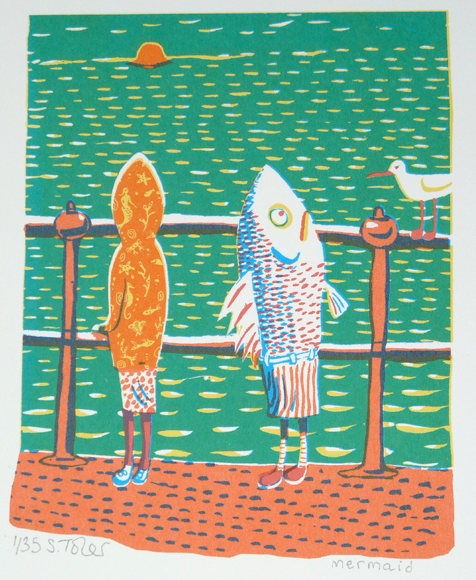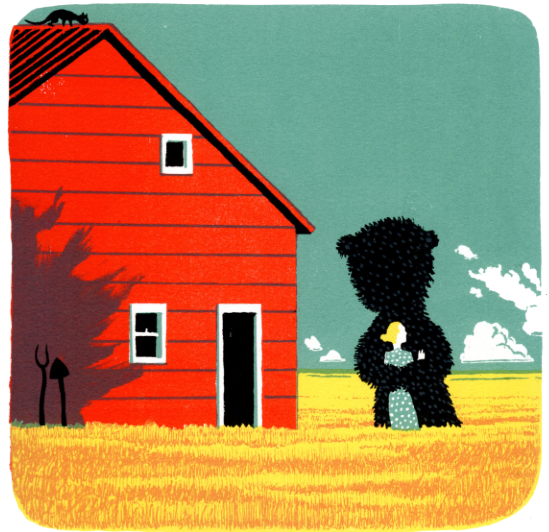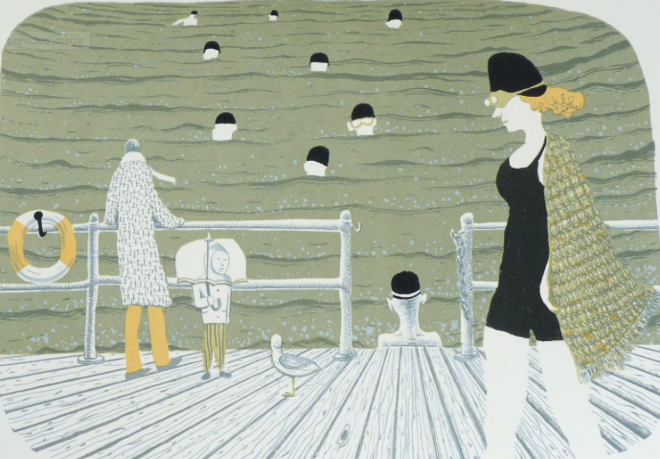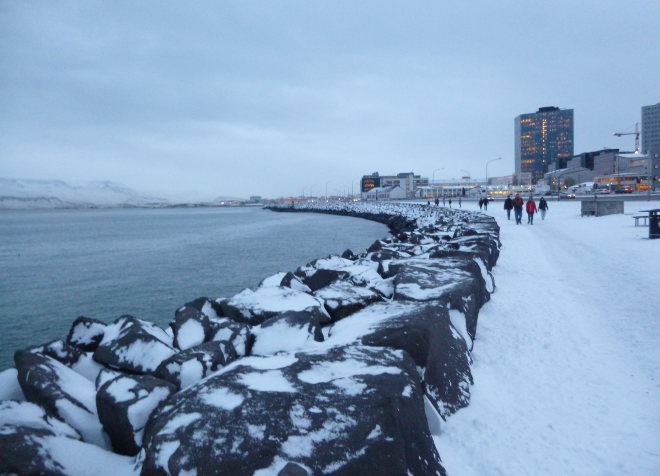 When better to visit Iceland than in January? Limited daylight hours, freezing conditions and plenty of snow make for an otherworldly adventure. The city is full of hipster cafes, galleries, bookstores and record shops (including the famous 12 Tónar), while the surrounding countryside is elemental like nowhere else I’ve encountered.
When better to visit Iceland than in January? Limited daylight hours, freezing conditions and plenty of snow make for an otherworldly adventure. The city is full of hipster cafes, galleries, bookstores and record shops (including the famous 12 Tónar), while the surrounding countryside is elemental like nowhere else I’ve encountered.
Here are my top ten recommendations for Reykjavik.
1 Seek out some culture
Capital city Reykjavik is a cultural hotspot, with museums and galleries galore, including philosophically enriching and aptly named The Culture House, (shown above) where we spent a morning exploring some of the elements that make up the Icelandic outlook.
The elegant building at Hverfisgata 15, 101 Reykjavík was built between 1906 and 1908 to house the national library and archives and still has a decidedly academic air.
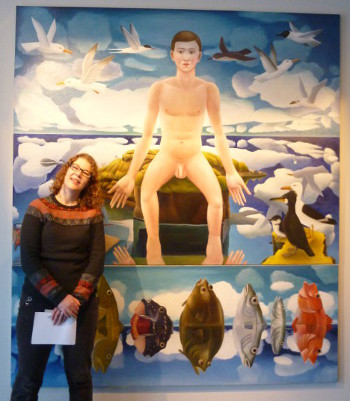 The exhibition Points of View covers a breadth of aspects of local culture and history, with artwork and artefacts, including a room dedicated to the extinction of the Great Auk, and including a taxidermy of the bird purchased at auction in London using public fundraising at the same cost as a three-bedroom apartment.
The exhibition Points of View covers a breadth of aspects of local culture and history, with artwork and artefacts, including a room dedicated to the extinction of the Great Auk, and including a taxidermy of the bird purchased at auction in London using public fundraising at the same cost as a three-bedroom apartment.
I particularly liked the probing questions for children (but equally engaging for adults), inviting you to consider your responses to different things. And this painting, Fishes of the Sea by Helgi Þorgils Friðjónsson, made me smile.
Entry costs 1.200 ISK but is free for under 18s or with the Reykjavik City Card.
2 Head to the penis museum
The Icelandic Phallological Museum contains an abundance of willies, mostly harvested from sea creatures such as whales, walruses and dolphins, plus a fine selection from birds and land mammals including a growing number of human specimens. Look out for the one from “a rogue polar bear” (guess that showed him!) and 23 intriguing folklore specimens. There are also lovingly shaped sculptures and homewares such as lamps and “artistic oddments”, plus jewellery made using teeny delicate penis bones that were truly exquisite. Good for a giggle as well as, um, eye-opening.
Find the Icelandic Phallological Museum at Laugavegur 116, 105 Reykjavik. Entry costs 1500 ISK for adults. Children under 13 years old in company of parents are free.
3 Gaze on the crater
There are plenty of trips heading out of the city to take in Iceland’s dramatic countryside. Our first stop on the Golden Circle Tour was Kerið, a 55m-deep volcanic crater about 3,000 years old. In summer it is filled with topaz-blue water; in winter, when we were there, it is iced over and filled with the sense of ghosts. Or maybe that was just the snow-storm weaving about us.
4 Sample skyr and whey
You’ll see skyr advertised all over Reykjavik. A protein-rich, calcium-packed yoghurt, it’s a tart, healthy snack that the Icelanders are crazy about. It was a staple long before ice cream made it to these shores, and is best served with a shot of whey.
We were served ours at a farm where the owner was lamenting her children’s preference for pizza over boiled sheep’s head, and our group’s feelings about skyr and whey was equally conflicted. Personally I found it invigoratingly sharp in flavour. I’m pretty sure that this is what Miss Muffet was really tucking into when that big ol’ spider sat down beside her, but at the time we were in Iceland there were no arachnids to be found, scared off by the chilly weather.
5 Respect the supernatural
There’s a strong belief in elves, trolls and other creatures in Iceland – as our guide to the Golden Circle says, “10% believe, 10% don’t believe and 80% haven’t made their minds up either way but don’t want to risk upsetting them.”
The road we were on weaved rather more than necessary to avoid destroying three elven churches, while one field on the farm we visited is left unploughed so as not to upset the little folk. The rocks shown above are in the National Park and at certain angles in certain lights you can see the faces of trolls unlucky enough to still be outside when the sun rose and turned them to stone.
6 Feed carniverous horses
These hardy little horses (don’t you dare call them ponies in front of an Icelander!) spend all winter outside and have long hairy coats to keep them from freezing. Legend has it that they’re extra small just like the local sheep because the vikings who brought them needed as much space as possible on their ships for wine.
Our tour guide had brought bread for us to feed them, and the moment they saw us their noses began waggling. Things got a bit rowdy as one made a lunge forwards and took my shoulder, then my wrist, in its jaws in search of treats. It’s possible he was ravenous rather than carnivorous, but I’m just glad I was wearing so much clothing! The horse on the left was the leader for this particular herd, hence his prime feeding position. They put up with a bit of petting, but really it’s all about the food, and with temperatures so low and no fresh grass to munch on, who can blame them?
7 Witness the geyser
This was one of my favourite stops on our Golden Circle tour. Geysir, the famous phenomenon from which every geyser worldwide takes its name, is somewhat sleepy these days, erupting only every eight hours or so, and instead we visited his sibling, the far more active Strokkur.
From the carpark we strolled along paths surrounded by snow and geothermal springs, with vegetation flourishing in an abundance of vivid colours around boiling mud pools. Ahead we could see people gathering, and we upped our pace to join them as the geyser bubbled thoughtfully for a moment or two before leaping skywards and subsiding.
We were told that it would erupt every five to eight minutes, but the reality was more like three, so we stayed to watch it happen once more – in truth I could have remained for half an hour watching this spectacle! The best moment is when the water begins to heave as though some huge creature is ascending from the depths, and you know the drama is about to uncoil.
8 Admire the waterfalls
Fissures in Iceland’s landmass allow for rivers to pour down in immense crescendoes. The most renowned is Gullfoss, Golden Falls, on the glacial river Hvítá. The roar of them, coupled with the glory of all that water thrashing down a 32-metre deep crevice almost numbs the senses. To grasp the scale of it, notice the tiny figures on the left of the picture above.
9 Take a dip in a thermal pool
Of course, there are the famous ones (which shall not be named here), but these are really pricey and the only patronised by tourists. Instead, I recommend making like a local and heading to the city’s many thermal pools, which are wonderful. We opted for Sundhöllin, which was just a few minute’s walk from Hallgrímskirkja church and features a large, very deep pool, a sauna and two open air hot pools, one at 39°C and one at 42°C.
My lovely cousin Kirsten took this pic of me at Sundhöllin. We swam, lounged and quietly cooked in the steaming waters as snowflakes drifting from above while the locals met for their daily dip and chat. Lovely. In fact, it suited us so well, we returned the very next afternoon.
10 Ascend the tower
You can’t miss Hallgrímskirkja Lutheran (Church of Iceland) parish church, because at 73 metres high, it’s the tallest man-madestructure in the city. On the day we visited they’d closed the church for the morning to fit new carpets, making this one of the comfiest churches I’ve strolled through. The interior is all clean lines and glowing light, but the tower is the real attraction.
We were fortunate to ascend (via lift – so civilised) when not too many people were there, and had a pleasant time discovering the outstanding city views from little windows all around the top, just above the clock. Once we’d drunk in our fill of the sites, we travelled back down, and found a queue of people waiting to take our place.
And that’s the trick with Iceland – tourism is growing increasingly vital to their economy, but much of this wilderness is best experienced with as few people as possible. See out the pastimes the locals enjoy and, with care, tread away from the most beaten paths, and who knows what wonders you will discover?
Discover more about Reykjavik at www.visitreykjavik.is.
Find full details and buy the Reykjavik City Card.
Discover Bilbao.
Discover Brescia.
Discover Budapest.
Discover Bath.
Discover Barcelona.
Discover Laugharne.

